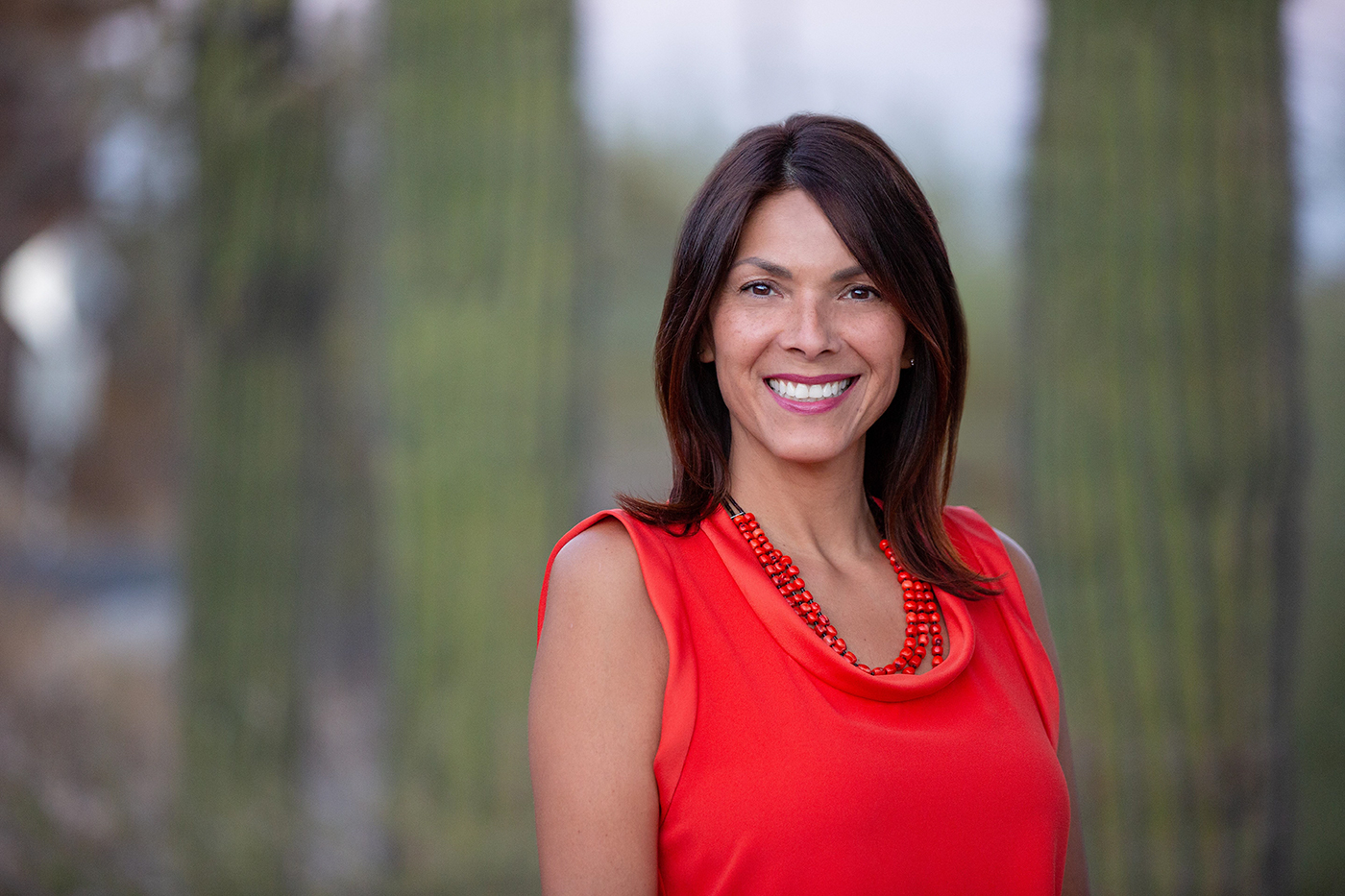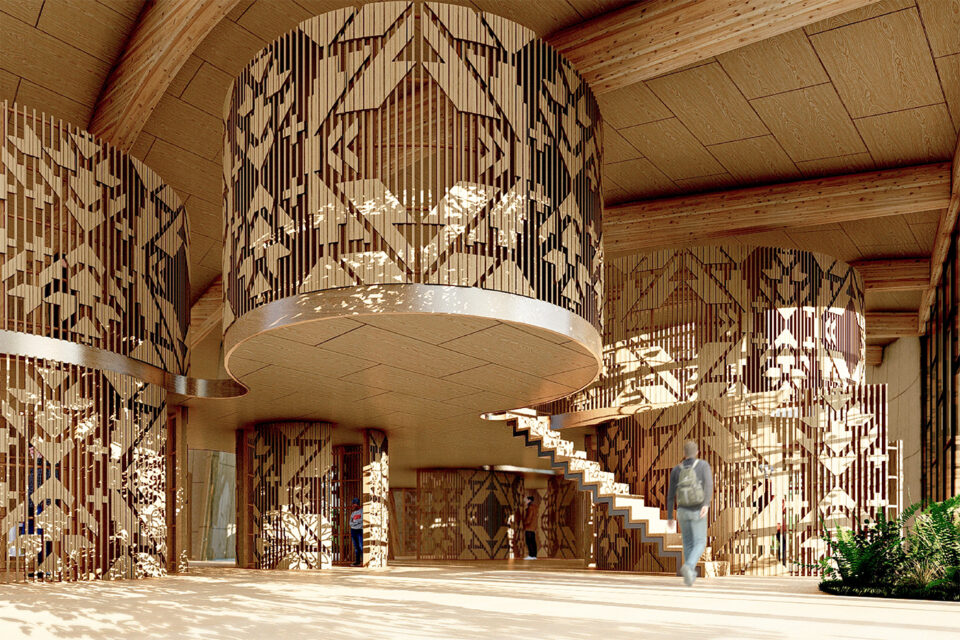What is currently known as Arts Commons has been a cultural hub in Calgary for more than 35 years. Home to major arts groups including the Calgary Philharmonic Orchestra, Theatre Calgary, Alberta Theatre Projects and One Yellow Rabbit, stakeholders believe that as the building pushes 40, it has earned an upgrade. In May 2021, the Calgary Municipal Land Corporation (CMLC), along with the City of Calgary and Arts Commons, announced the Arts Commons Transformation (ACT). Phase one will see a brand-new building with a 1,000-seat theatre built on the L-shaped lot beside Teatro restaurant, while phase two will see a full renovation to the existing building.
This “transformation” will go beyond the physical structure, however, with foundational and systemic changes in both the approach to the build, and to the programming offered once the project is completed. “There are so many ways in which our team has been pushed to think differently about who we can be to all Calgarians,” says Alex Sarian, president and CEO of Arts Commons. “How do we do things for Calgarians who have historically been excluded from the downtown arts community?”
This question is at the heart of what the ACT hopes to accomplish — to provide a space that is both inclusive and accessible to all people who call Calgary home. But, to live in a world that is both inclusive and accessible requires decision-makers to actively dismantle the status quo and potentially give up their voice so that non-Eurocentric perspectives can thrive.
In this sense, it appears that the ACT is poised to succeed. According to CMLC President and CEO, Kate Thompson, it was important for the leading design team of the ACT project to include Indigenous perspectives. “The result is a project that reflects the Indigenous experience and history, not only in the design, but in the use of the space,” Thompson says. “It should be informed by a different way of knowing and being, and be used in a way that we haven’t seen before.”
The design team overseeing the ACT is made up of local and international design leaders including Toronto-based KPMB, Hindle Architects and SLA, a nature-based design studio that operates out of Denmark. Another key player is Tawaw Architecture Collective Inc., headed up by Wanda Dalla Costa — the first female First Nations architect in Canada.
Dalla Costa is a member of Saddle Lake Cree Nation in central Alberta and grew up in Edmonton. She is currently based in Phoenix, Ariz., where she is institute professor, The Design School, at Arizona State University’s Herberger Institute for Design and the Arts; and associate professor, Del E. Webb School of Construction, School of Sustainable Engineering and the Built Environment. With Dalla Costa’s lens over the entirety of the design, the ACT project is looking to be unlike any other structure in Calgary from the inside-out.

To decolonize is to dismantle current systemic structures (both physical and mental) and build them back up with Indigenous perspectives. As such, including Indigenous perspectives into not only the design of the exterior concepts of a building, but also the design-planning process, is a direct act of decolonization. “The design process is critical,” Dalla Costa says. “If we follow a Eurocentric process, we will get Eurocentric results… We think of architecture within a triad in order to achieve fully Indigenous design: worldview, or ‘Indigneous way of thinking;’ representation, or identity, that is reflective of local culture(s); and function or use (program), to make sure Indigenous people are included in the final product. This helps to make architecture for and by Indigenous people, versus about Indigenous people.”
Renovating urban and cultural spaces is paramount, but with new buildings there’s an opportunity to create a new expression in architecture, says Dalla Costa. Indigenous value systems and worldviews can lead to new thought processes and identities in urban clusters — with 60 per cent of Indigenous populations currently living in urban spaces, it’s crucial to make cities and towns inclusive.
At this point, specific details of the ACT project are yet to be released, though what Dalla Costa will say is that her definition of “inclusive” refers to all cultures. “It’s not just about centring Indigenous peoples,” she says. “It’s about centring all perspectives.”

